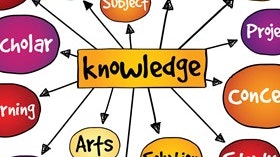Homepage
•
Learning Library
•
Blog
•
Use mind maps to reinforce flipped learning
Expand breadcrumbs
Expand breadcrumbs
- Learning Library
- Blog
- Use mind maps to reinforce flipped learning
- Homepage
- •
- Learning Library
- •
- Blog
- •
- Use mind maps to reinforce flipped learning
Use mind maps to reinforce flipped learning
By Trang Phan
August 19, 2015








